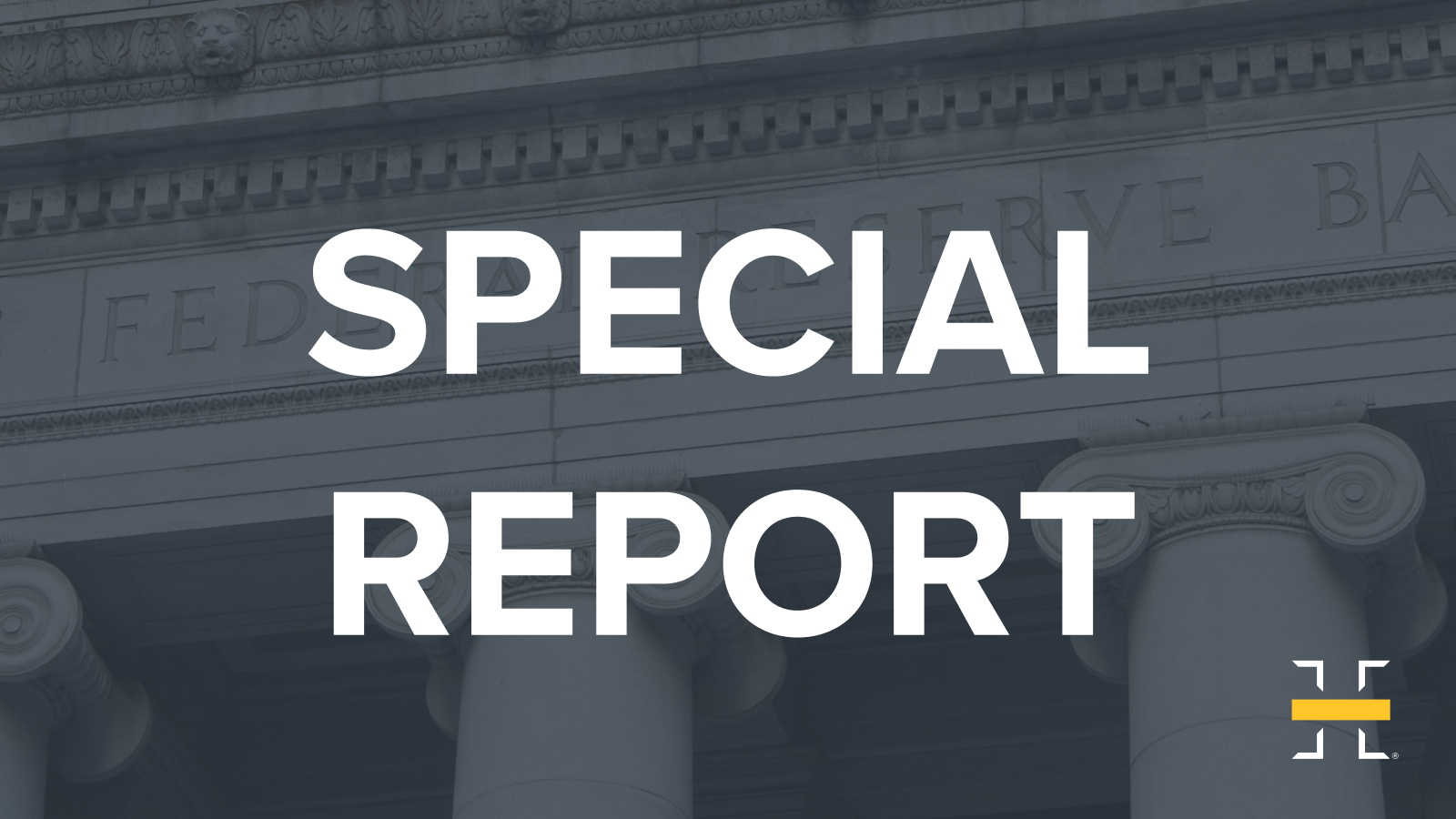What Happened?
The Federal Reserve (Fed) started their much-awaited easing cycle on Wednesday after holding their target rate in the 5.25-5.50% range since last July. In delivering their first rate cut since the first quarter of 2020, the committee opted to lower rates by 50 basis points (bps). The Fed also released updated projections that indicate they will lower rates further in the coming months.
Why 50 and not 25?
Much ink has been spilled in the financial press over the rate cut size, and it appears there was an active debate inside the Fed. In the end, Powell opted to open with a larger move, which we view more as a function of where rates were than where they are going next. As investors are painfully aware, the Fed hiked rates over 500 bps in a historic tightening cycle in 2022 and 2023, due in no small part to the largest inflation surge in over 40 years. Because inflation has settled down to more normal levels, interest rate policy needs to adjust as well. The Fed decided it was high time to get that process going with a half point cut to interest rates.
How does this move impact the economy?
Lower short-term interest rates flow through into borrowing rates for consumers and companies alike. Housing and autos are two good examples of interest rate sensitive sectors of the economy that stand to benefit from lower borrowing costs. Lower rates can also relieve some of the stress that has been lingering in parts of the banking system for the past year and a half. All in all, this start to the Fed’s easing cycle, and their promise to cut more in the months ahead, should be supportive of economic growth.
What about markets?
Investors have been whipped around by the back-and-forth over the size of the Fed’s opening salvo during the seasonally volatile period of August and September. But expectations of the total amount of easing through the end of 2025 did not change very much after Wednesday’s decision – interest rate futures suggest roughly another eight 25 bps cuts over that time. Importantly, both the market and the Fed agree that the ultimate destination for the Fed’s target rate is around 3%, and that destination matters much more than how quickly we get there. Our view is that the market will welcome the Fed’s actions to front load their normalization of policy, leading equity markets to trend higher into the end of the year. Market participation may also get a boost as smaller companies feel some relief on the borrowing channel, leading to an environment where it isn’t just the Magnificent 7 driving all the gains.
What are we watching next?
Our framework for markets and the economy has centered around two pillars: the health of the consumer and the broad direction for policy. Wednesday’s larger start to the easing cycle was positive on both accounts. From here, we are tuning out the commentary from Fed officials about how much easing comes next, and more closely watching how the labor market and interest rate sensitive parts of the economy respond to the start of this easing cycle. Given how strange this economic cycle has been, there are likely to be lingering fears around a recession, but based on how we at Horizon Investments are seeing things, the good times have further to run from here.
Past performance is not indicative of future results. This commentary is for informational use only. Opinions referenced are as of the date of publication and may not necessarily come to pass. Forward-looking statements cannot be guaranteed. This material does not contain sufficient information to support an investment decision, and it should not be relied upon for investing purposes. Investors should ensure that they obtain all available relevant information before making any investment.
Horizon Investments and the Horizon H are registered trademarks of Horizon Investments, LLC.
© 2024 Horizon Investments, LLC.

